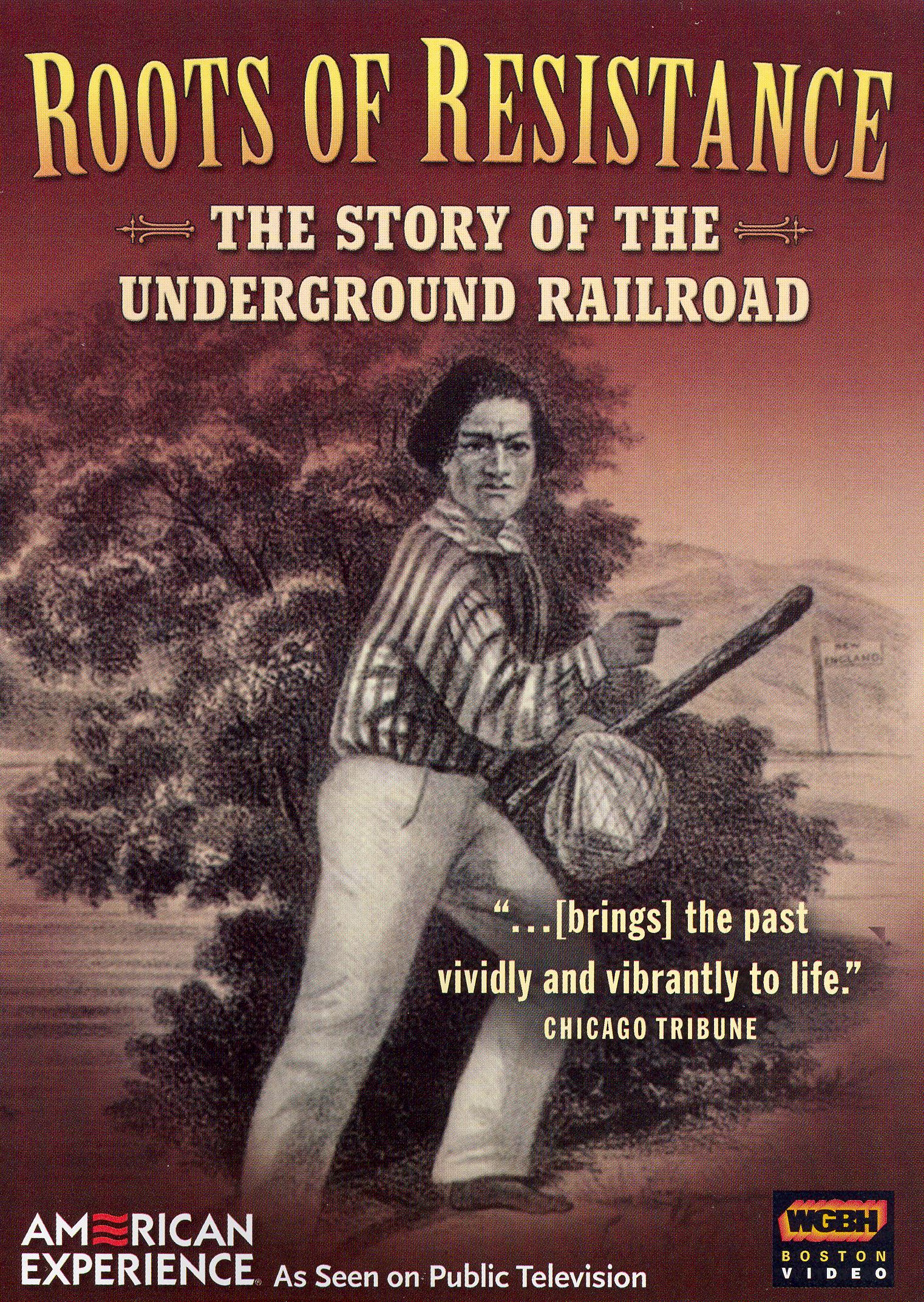
Also, this year Mexico counted its Afro-Mexican population as its own category for the first time in its census. is undergoing a racial reckoning around policing and systemic racism. The examination of the Underground Railroad to Mexico comes as the U.S. There, along the Rio Grande, they encountered another biracial couple, Vermont-born John Ferdinand Webber and Silvia Hector, who was Black and also a former slave. Jackson married Hicks and moved from Alabama to Texas before the U.S. becomes more diverse and more people show an interest in studying slavery, said Bacha-Garza, a program manager for the University of Texas Rio Grande Valley’s Community Historical Archaeology Project with Schools in Edinburg, Texas.īacha-Garza said Nathaniel Jackson, a white southerner, purchased the freedom of Matilda Hicks, a Black slave who was his childhood sweetheart, as well as Hicks’ family. Bush signed six years earlier designated El Camino Real de los Tejas as a National Historic Trail and encouraged the development of partnerships to create more understanding around this overlooked freedom road.īut this Underground Railroad is just starting to enter the public’s consciousness as the U.S. National Park Service outlined a route from Natchitoches, Louisiana, through Texas to Monclova, Mexico, that could be considered a rough path of the Underground Railroad south.
#Underground railroad story free
“All we had to do was walk, but walk south, and we’d be free as soon as we crossed the Rio Grande,” Haywood said.Īnd in 2010, the U.S. Former Texas slave Felix Haywood told those interviewed in 1936, for example, that slaves would laugh at the suggestion they should run north for freedom. The Federal Writers’ Project of the Depression-era Works Progress Administration gathered stories as part of its Slave Narrative Collection, including ones from former slaves openly talking about the Underground Railroad to Mexico.

Austin State University includes a database of runaway slave advertisements that detail the extent of the trail. “ The Texas Runaway Slave Project ” at Stephen F.

Historians have known about the secretive path for years. Slave-catching mobs ventured into Mexico only to face armed resistance in small villages and from Black Seminoles - or Los Mascogos - who had resettled in northern Mexico, said Jacoby, author of “The Strange Career of William Ellis: The Texas Slave Who Became a Mexican Millionaire.”Įscaped slaves adopted Spanish names, married into Mexican families and migrated deeper into Mexico - disappearing from the record and history. White Texans banished Mexican Americans from towns after accusing them of helping slaves escape. Slave owners took out newspaper ads offering rewards and complaining that their “property” was likely heading to Mexico, Jacoby said. “It’s larger than most people realized,” Karl Jacoby, co-director of the Center for the Study of Ethnicity and Race at Columbia University, said of the route. Sites connected to the route sit abandoned. Some archives have since been destroyed by fire. Mexico had abolished slavery in 1829, a generation before President Abraham Lincoln’s Emancipation Proclamation.īut just how organized the Underground Railroad to Mexico was and what happened to former slaves and those who helped them remains a mystery. Enslaved people in the Deep South took to this closer route through unforgiving forests then desert with the help of Mexican Americans, German immigrants, and biracial Black and white couples living along the Rio Grande. Like the more well-known Underground Railroad to the north, which helped fugitive slaves flee to Northern states and Canada, the path in the opposite direction provided a pathway to freedom south of the border, historians say. “It really made sense the more I read about it and the more I thought about it,” Bacha-Garza said of the secretive route.


 0 kommentar(er)
0 kommentar(er)
